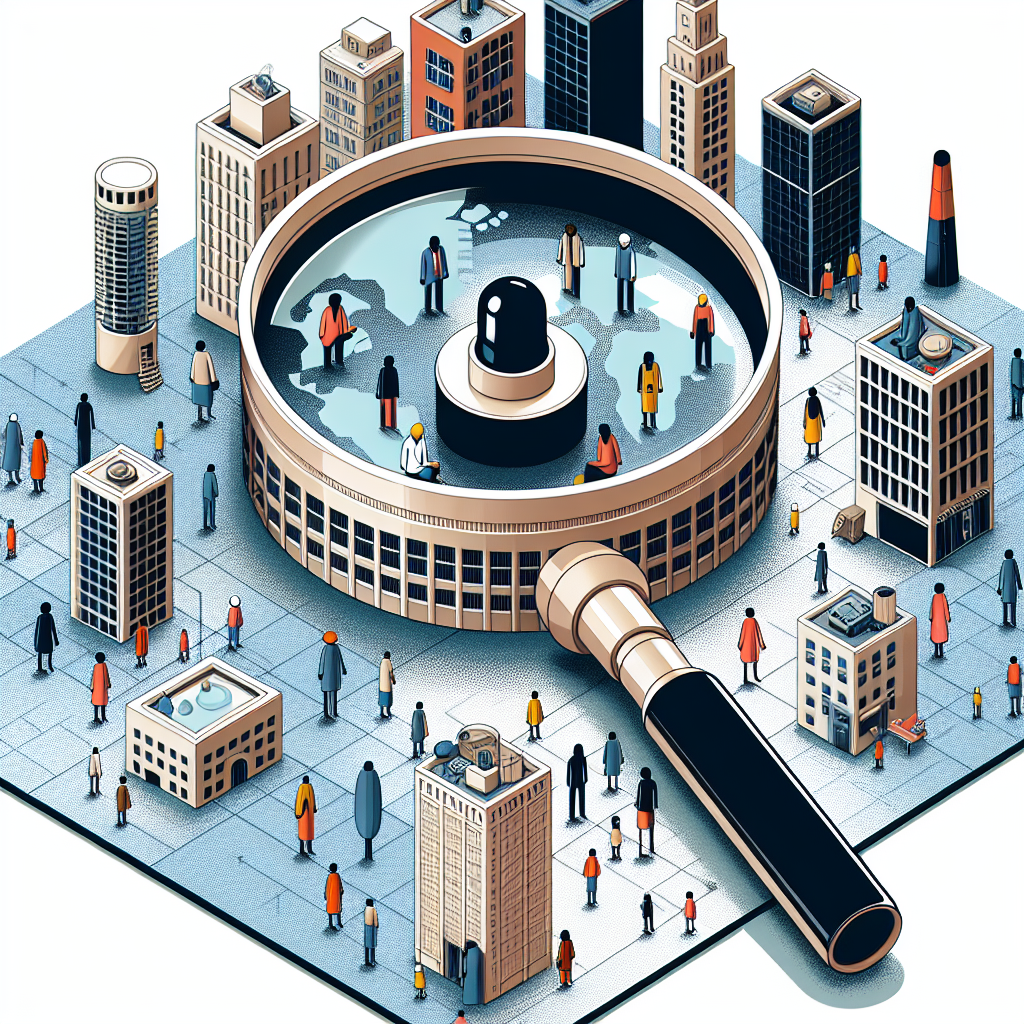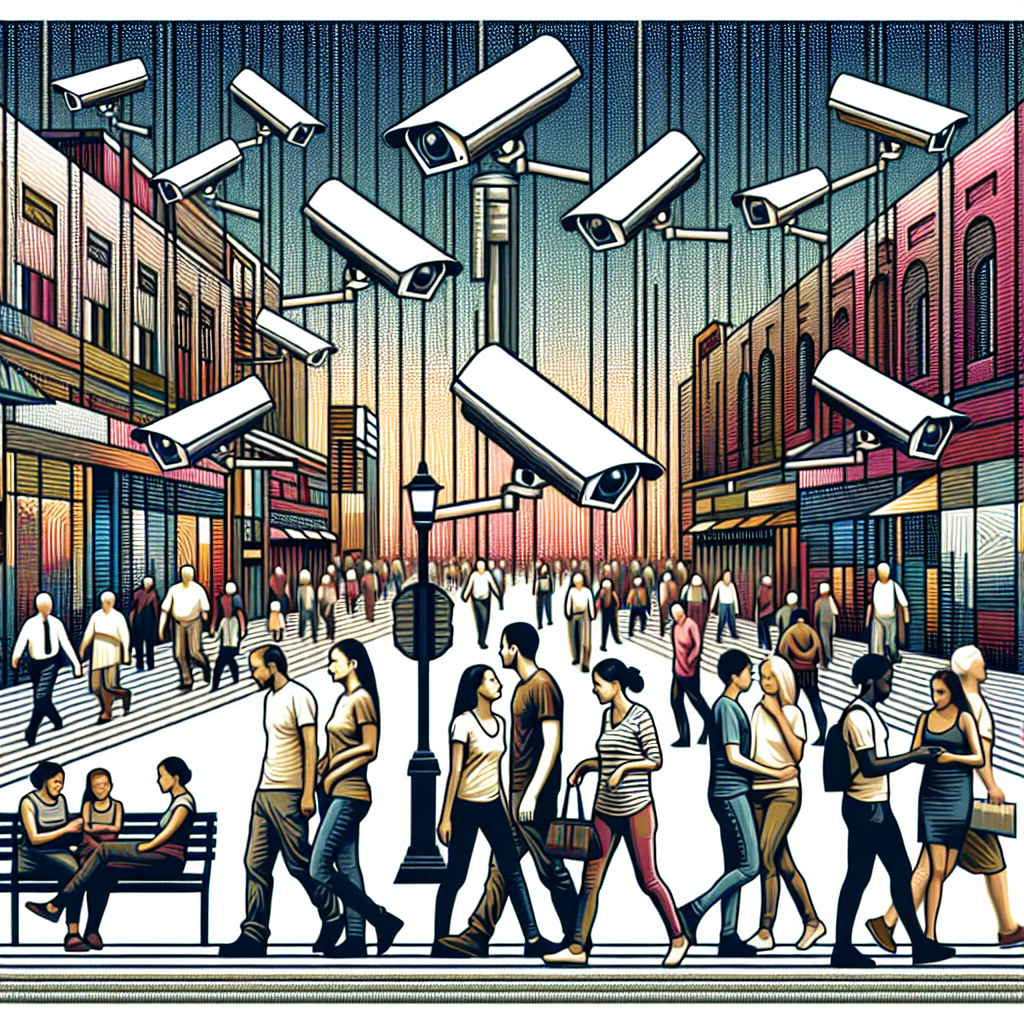The Rise of Surveillance: How Governments Monitor Citizens
Historical Context of Surveillance
Surveillance practices have existed for centuries, stemming from governments’ desires to maintain control, ensure security, and monitor their populations. Ancient civilizations, such as the Roman Empire, utilized various methods to keep an eye on their subjects. However, the technological advancements of the 20th and 21st centuries have radically transformed the scope, scale, and sophistication of surveillance.
Technology: The Catalyst for Modern Surveillance
The evolution of technology has significantly enhanced governmental surveillance capabilities. The Internet, smartphones, and advanced data analytics have created an environment ripe for monitoring citizens.
-
Digital Footprints: Every online interaction generates data. From web browsing behavior to social media activity, citizens leave digital trails that governments can track. Algorithms analyze this data for patterns, often used to flag dissent or potential threats.
-
Facial Recognition: Once a science fiction concept, facial recognition technology is now deployed in public spaces. Governments use this technology to identify individuals from video feeds, dramatically increasing surveillance capacities for law enforcement purposes. Cities like London and Beijing have implemented extensive networks of cameras equipped with this technology.
-
Social Media Monitoring: Governments are increasingly turning to social media platforms to gauge public sentiment and identify potential protests or uprisings. Tools that monitor social media posts allow authorities to track conversations in real-time, often targeting users who express dissenting opinions.
Legal Framework: Justifying Surveillance
The legal landscape surrounding surveillance efforts varies significantly across different countries. While some governments have frameworks in place designed to protect citizens’ rights, others operate in a more ambiguous environment.
-
Patriot Act (USA): Post-9/11 legislation in the U.S. enhanced surveillance programs to monitor communications and financial transactions, justifying such practices as means to prevent terrorism. Critics argue it infringes on civil liberties, resulting in extensive debates over privacy rights.
-
GDPR (EU): The European Union’s General Data Protection Regulation attempts to regulate data collection and empower citizens over their personal information. Despite such regulations, enforcement varies, and concerns remain regarding governmental data practices.
Surveillance and Public Safety
Proponents of heightened surveillance often argue that such measures increase public safety and deter crime. For example, cities with robust surveillance systems often report drops in certain crime rates, attributing this success to the omnipresent nature of monitoring.
However, studies also indicate that the effectiveness of surveillance in deterring crime can be overstated. Many crimes occur outside the view of cameras, and the mere existence of surveillance often shifts crime rather than entirely preventing it.
The Balance Between Security and Privacy
The monitoring of citizens brings forth a significant ethical dilemma: the balance between security and privacy. Governments often justify extensive surveillance programs by emphasizing the need for national security.
-
Counter-terrorism: Intelligence agencies argue that monitoring communications is vital to preventing terrorist attacks. However, indiscriminately collecting data raises questions about the effect on civil liberties and the potential for abuse.
-
Public Consent: Many citizens may not fully understand the extent of surveillance or supply their consent. Public awareness campaigns are necessary to inform individuals about how their data is collected and used, creating space for informed discussions around the right to privacy.
The Role of Corporations in Surveillance
Corporations play a pivotal role in the rise of surveillance, often acting as facilitators for government monitoring efforts. Collaboration between tech companies and government agencies has become commonplace, especially when data is needed for national security purposes.
-
Big Tech Collaboration: Companies such as Google, Facebook, and Twitter possess vast amounts of user data. Governments often seek partnerships or court orders to access this information. Critics argue that corporate interests can compromise user privacy, as companies may prioritize their relationship with the government over the protection of user data.
-
Data Mining Practices: Many corporations engage in data mining, creating detailed profiles of users based on their online behavior. These profiles can be shared with governmental agencies, combining private sector data practices with public sector surveillance.
The Global Surveillance Landscape
Surveillance practices are not confined to any one nation; rather, they represent a global trend.
-
China: The Chinese government is often cited as the leading example of state surveillance. The implementation of the Social Credit System is intended to monitor citizens’ behaviors meticulously, awarding or penalizing individuals based on their actions.
-
Western Democracies: In contrast, Western democracies have historically grappled with balancing surveillance with civil liberties. For example, the UK has accumulated one of the highest densities of CCTV cameras globally, prompting ongoing debates about privacy versus safety.
Consequences of Surveillance on Society
Increased surveillance can lead to adverse societal consequences, including chilling effects on free speech, public protest, and dissenting views.
-
Self-Censorship: When individuals are aware they are being monitored, they may alter their behavior, leading to self-censorship. This change can stifle discourse and limit the diversity of opinions in public forums.
-
Mistrust in Government: High surveillance levels can foster distrust in governmental institutions, particularly if citizens feel their privacy is being invaded. Such feelings can erode social cohesion and lead to heightened tensions between citizens and governments.
Future Directions in Surveillance
Looking ahead, the trajectory of surveillance will undoubtedly evolve, shaped by technological advancements, societal values, and legal frameworks.
-
Artificial Intelligence: The emergence of AI will further enhance surveillance capabilities, with predictive analytics used to identify potential threats before they materialize. Ethical considerations regarding AI will be crucial, given the potential for inherent biases in data algorithms.
-
Public Engagement: Increasing public engagement and discourse surrounding surveillance practices will be vital. Citizens must be involved in drafting privacy legislation that curtails excessive monitoring and outlines the parameters of acceptable government oversight.
-
Emerging Technologies: As more sophisticated technologies, like drone surveillance and biometric tracking, emerge, the landscape of civilian monitoring will shift dramatically. Establishing regulations to protect citizens while embracing innovation will be a key challenge.
The Ongoing Debate
The rise of surveillance represents a complex interplay between security, technology, and personal rights. As countries continue to grapple with these issues, the dialogue surrounding surveillance and its implications for society is likely to intensify, calling for a balanced approach that prioritizes both safety and privacy.












Leave a Reply